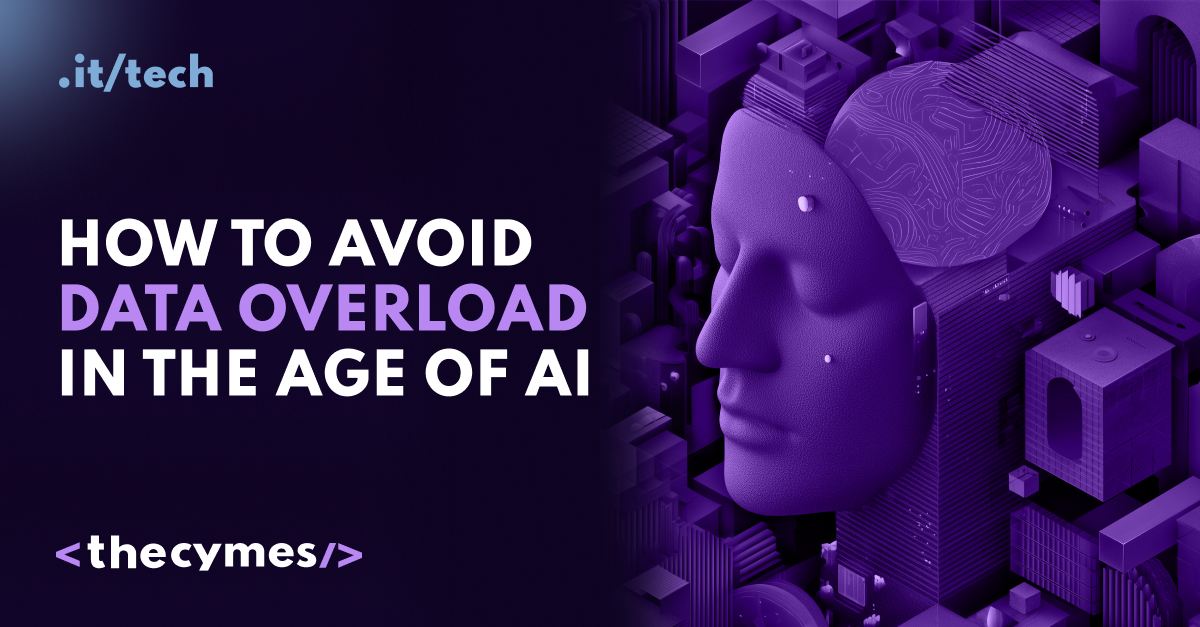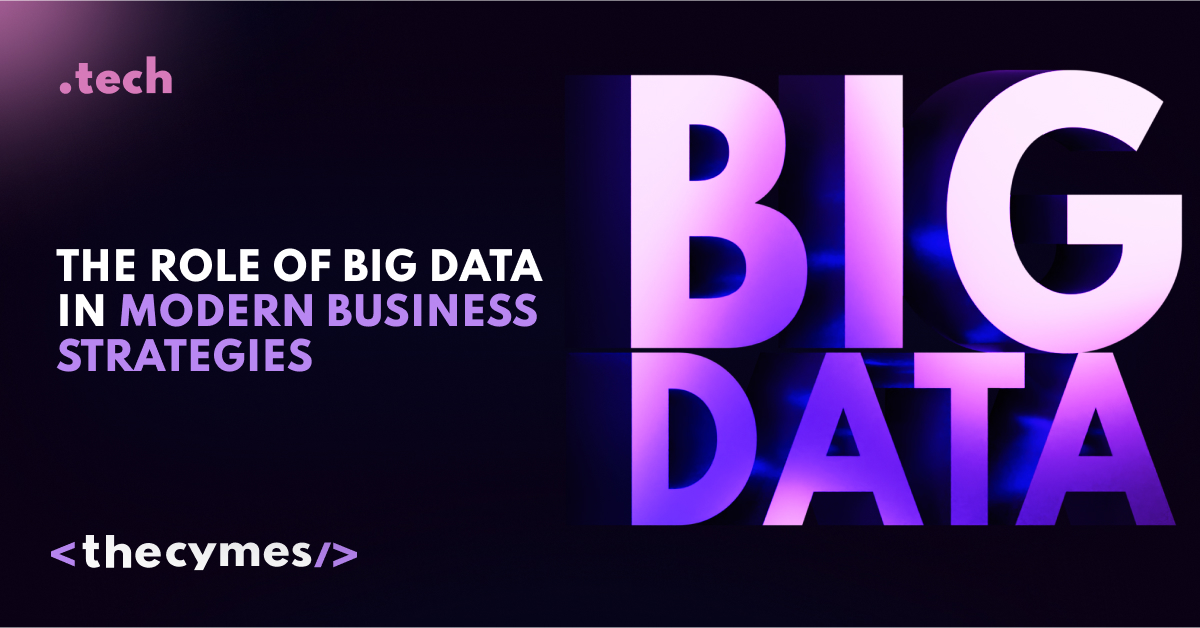Table of Content
How to Avoid Data Overload in the Age of AI
/>What can you do to avoid data overload? More in our latest article!Has data outpaced human cognition?
Despite promising clarity, some systems leave IT teams wading through terabytes of noise. Artificial intelligence can be a competitive advantage, but it can also pose threats like privacy violations and biased algorithms. Business leaders and IT managers should keep AI-driven data growth productive rather than paralyzing.
Defining Data Overload in an AI-Driven Environment
Data overload occurs when the volume, velocity or variety of incoming information exceeds a team’s ability to file, interpret and act on it. For modern knowledge workers, this “default state” erodes productivity because time shifts from decision-making to low-value sorting tasks.
AI compounds the problem in two ways.
- Lower storage cost: Cheap cloud capacity incentivizes saving everything — even when retention policies are vague.
- Acceleration of generation: Tools such as customer-experience platforms, log analytics and generative AI agents continuously create new records, summaries and synthetic tasks.
The result is a vicious cycle where more data feeds AI models — producing excess derivative information. Without rigorous curation, the signal-to-noise ratio collapses, leaving decision-makers hunting through even thicker haystacks for the same few needles.
Why Leaders Must Act Now
Recent figures expose the gap between ambition and readiness. An OpenText survey showed that 96% of executives believe information management is crucial, yet 70% admit they struggle to implement it. Unchecked overload has tangible psychological, physical and cognitive costs — spanning individual, organizational and societal levels.
Ethical risk also exists. AI systems inherit bias from training data — creating unfair outcomes in domains such as criminal justice risk scores or loan approvals. Ensuring algorithmic decisions remain fair and auditable is a nontrivial engineering challenge. For example, in capital markets, algorithmic-trading engines analyze millions of data points in real time to complete high-speed trades far beyond human capability. Transparency and control are mandatory.
Regulators and talent markets in the U.S. are tightening the screws. In September 2024, the Federal Trade Commission’s Operation AI Comply took enforcement action against five companies for deceptive AI claims — exaggerated marketing or sloppy data handling can violate Section 5 of the FTC Act. Locally, New York City’s Local Law 144 — in effect since July 2023 — authorizes civil penalties of as much as $1,500 per violation for employers that use AI-driven hiring tools without an annual bias audit.
On the talent side, a 2024 Workday study found that four in five U.S. employees say their company hasn’t shared specific guidance on responsible AI use — widening the internal trust gap and stalling adoption.
Add Intelligence — Not Chaos
More than 20,000 custom GPT bots are in use across businesses. While they can answer tricky questions in seconds, an uncontrolled flood of bots quickly fragments knowledge and duplicates effort.
To keep things tidy, IT teams should maintain one central registry, standardize prompt templates with built-in governance tags, track usage and retire quietly. Review metrics regularly and decommission bots that nobody queries before they multiply silos. Success becomes evident when analysts spend less time cleaning data, duplicate data sources shrink and answers to priority questions arrive faster. Data that does not move these indicators is noise — eliminate it.
Preconditions for Sustainable AI Adoption
It helps to understand the foundational capabilities every organization needs before implementing specific controls.
- Map data sources, owners, classifications and retention rules.
- Implement bias testing, versioning and rollback procedures.
- Involve security, data science, compliance and line-of-business leaders in one steering committee.
Leaders often resort to tooling to curb overload, but changing the process is the best defense. After establishing the preconditions, consider these four action areas.
1. Enforce Intent-Based Data Collection
Blind accumulation breeds noise. Adopt purpose-limiting ingestion — each pipeline must document the reasons for collecting the data, its decision window and an expiration date. Do not keep data that lacks a defined business purpose.
2. Automate the First Pass With AI Agents
Offload routine triage — deduplication, PII masking and topic tagging — to lightweight AI copilots. This agent can act as the infinite interns TDWI described, freeing senior analysts for synthesis rather than sorting.
Having completed low-level filtering, higher-order reasoning still needs human oversight. The following measures keep that task scalable.
- Tiered dashboards: Present indicators by criticality, not by data source count.
- Narrative alerts: Combine metrics with plain-language content, empowering executives to grasp implications quickly.
- Feedback loops: Record which alerts the agent ignored or escalated and retrain if necessary to improve relevance.
3. Institute Data “Red Teams” for Ethical Review
Because AI models can reinforce hidden biases, create rotating review squads that probe outputs under adversarial scenarios — especially for hiring, credit or sentencing applications. Document findings in the model registry and require sign-off before promotion to production.
4. Rightsize Retention and Access
Legal hold aside, operational data can lose value fast. Use temperature tiers — hot for 30 days, warm for 180 days, cold for archival. Automate the deletion of expired data and revoke stale user entitlements monthly. Fewer rows mean quicker queries and smaller risks.
From Liability to Leverage — Turning AI Data Surges Into Strategic Advantages
AI will continue to amplify data volume, but overload is not inevitable. Leaders can convert weaknesses into opportunities by treating information as a governed asset — intentionally collected, filtered by intelligent agents and retired when its value drops. The organizations that master disciplined data hygiene today will position themselves to unlock AI opportunities tomorrow instead of becoming buried in digital debris.




